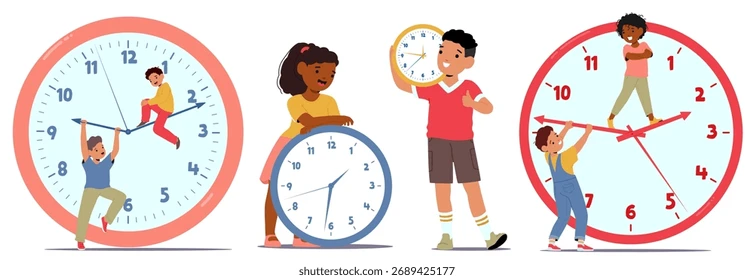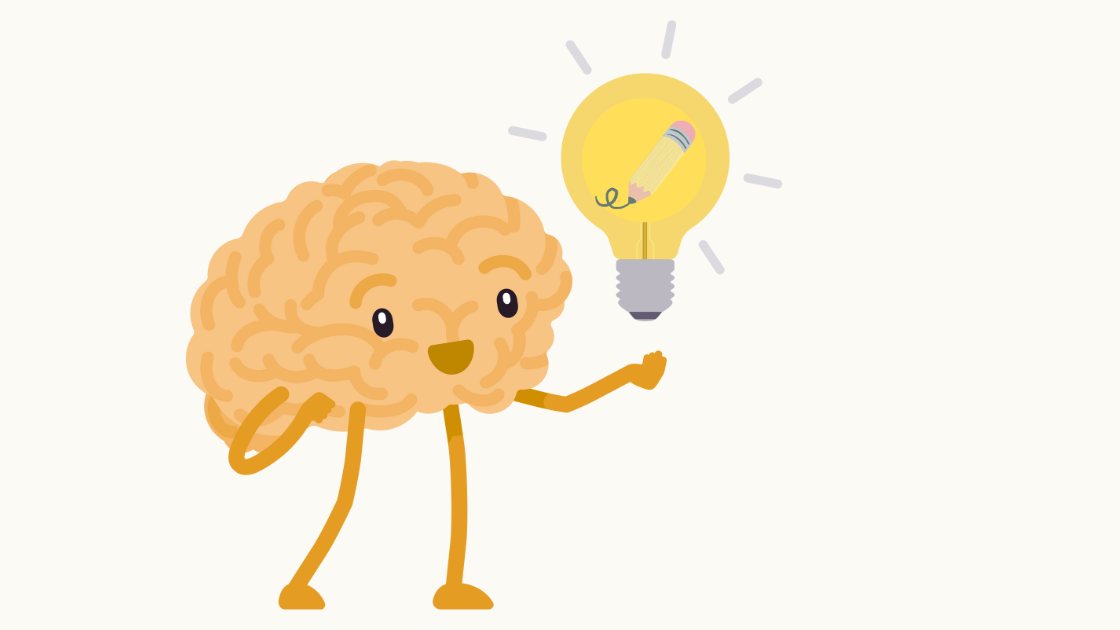
In an age where laptops and tablets dominate study spaces, handwriting notes can seem old-fashioned, maybe even inefficient. Yet a growing body of cognitive and educational research suggests that handwriting remains one of the best tools for learning – because it fundamentally changes how your brain processes information.
Typing encourages speed and transcription. When we type, our hands often move faster than our ability to analyse what we’re hearing or reading. This promotes a kind of “shallow capture,” where words get recorded but not necessarily understood. Handwriting, on the other hand, slows everything down just enough. Because you physically can’t write every word, your brain is pushed to summarise, reorganise, and prioritise information in real time. These small decisions strengthen encoding and create more meaningful memory traces.
There’s also something to be said about the multisensory nature of handwriting. The feel of the pen, the motion of forming shapes, the spacing on the page – all of these cues contribute to recall. Researchers call this “motoric encoding,” and it’s one reason why students often remember where on the page a particular idea was written, even months later.
This isn’t to say digital notes are useless; they’re unbeatable for storing large volumes of material and organising complex information. But when the goal is deep comprehension or long-term retention, handwriting quietly outperforms the sleekest apps.
Ultimately, handwriting isn’t outdated – it’s underrated. And in a world where attention is scarce and information is overwhelming, sometimes the simplest tools still work best.
Oliver Fletcher










